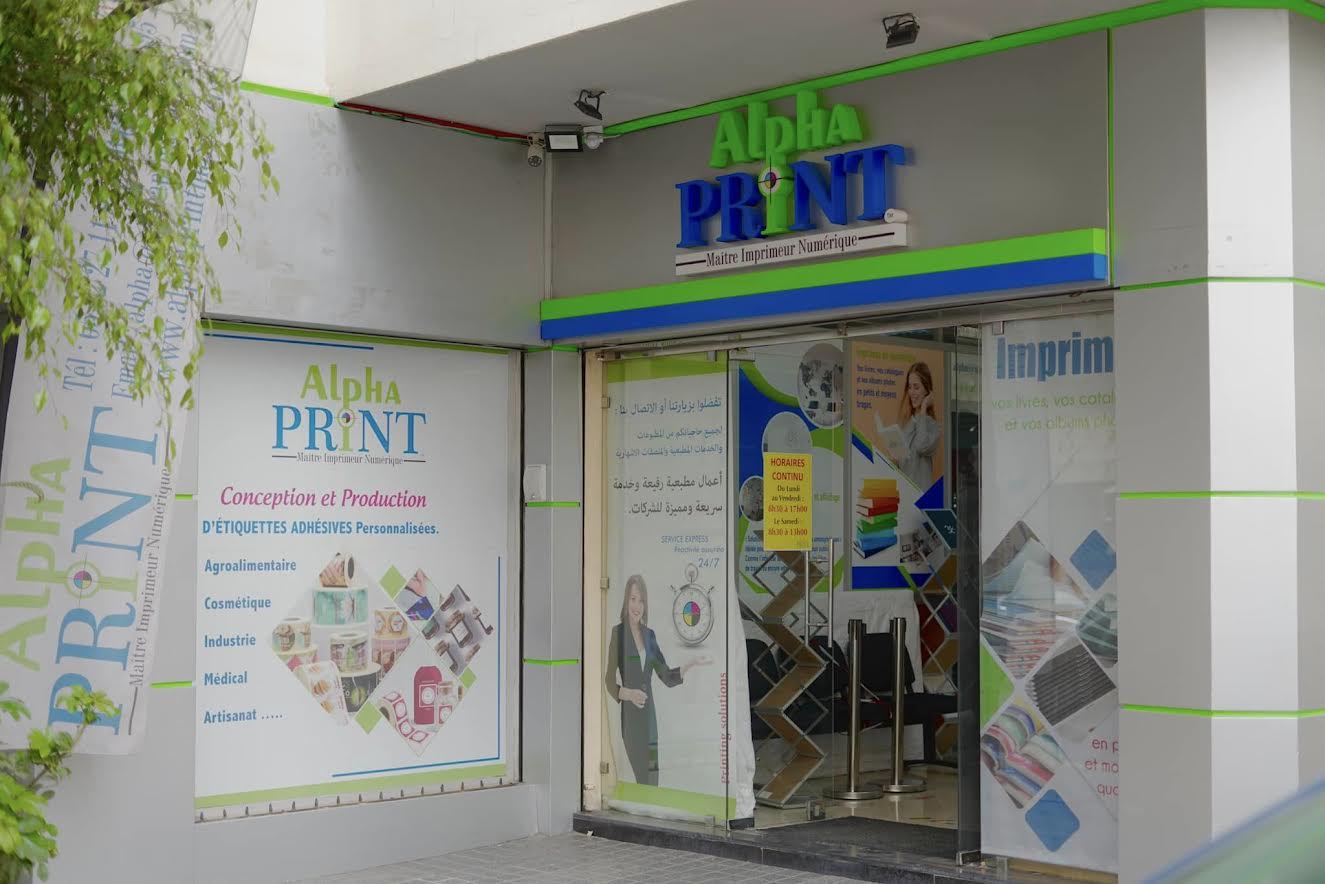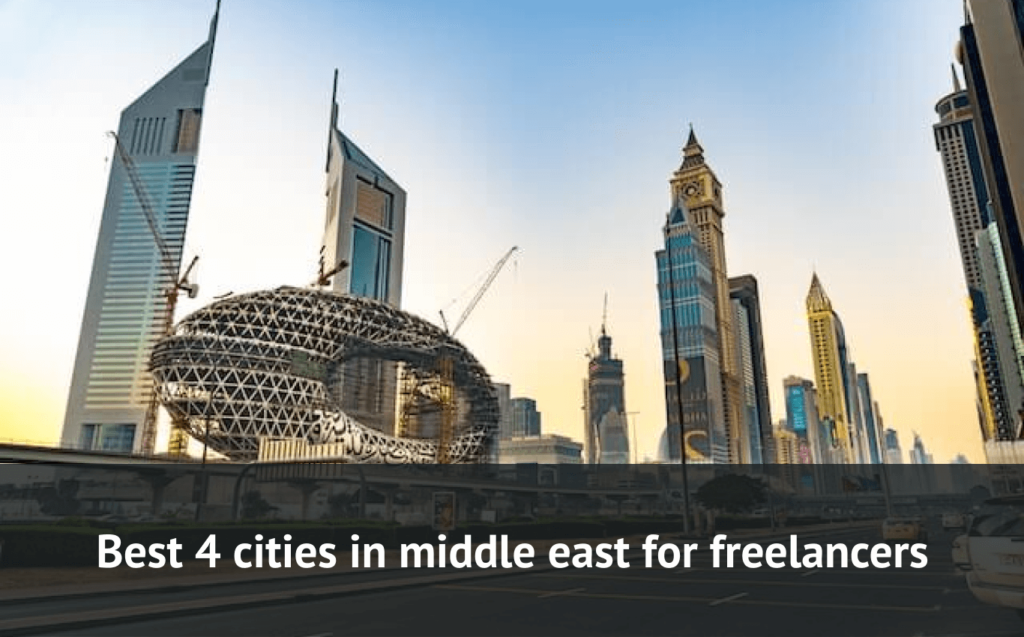 POSTES INTERNATIONALES DU MAROC
POSTES INTERNATIONALES DU MAROC
All You Need to Know about Argan Oil
This article is the result of a classroom project by the students of Intermediate 2 level at Exchange Lab.
Mystery of the Argan Tree
By Adnane Benjelloun
It is a fact that argan trees grow mainly in the mid-southern regions in Morocco. The argan tree is not only deeply-rooted in the Moroccan history and tradition, but it also occupies the 2nd place for the most abundant types of productive fruit tree after olive trees. The regions that are most abundant with Argan trees in the Northern African kingdom are: Agadir-Ida Outanane, Inezgane-Ait Melloul, Taroudant to Essaouira.
Starting from 1998, UNESCO recognized argania trees as a natural reserve of the mid-southern region of Morocco. Currently, the region that counts the most of plantations of argania trees is the Souss region with almost 800 thousand hectares, which makes 14.25% of the overall surface of the Moroccan forest. Argan trees can also be found in the mounts of Beni-Snassen in the Rif oriental to the north-east of Morocco and sometimes we find argan trees growing side by side to the Sahara in the region of Draa-Tafilalet. 
Cognizant of the immense immaterial value of the Argan tree, which has lived in their homeland for thousands of years, Moroccans and researchers alike are beginning to revalorize this prehistoric treasure in a way to preserve it for the next generations. This wonder of a tree that God offered us is called argan, and it has been living for millions of years before. It is worthy to note that amongst the most remarkable characteristics of this tree is that it almost only grows in a narrow strip in the mid-south of Morocco. There are reports indicating Argania is also found in the west of Algeria and in the north of Mauritania. Compared with Morocco-found argan trees, these trees are rare in these neighboring countries. Since other countries such as Israel, Kuwait, Libya, Spain and Mexico saw the huge benefits of the commodity of argan trees, they started cultivating it on their soils. Still , this tree originates in Morocco, which offers it a more convenient environment than other countries in terms of the soil, weather, among other things. This explains Morocco’s high level of production that amounts to 73% of worldwide production, and thereby ranks it as a top producer.
The process of making Argan Oil
By Hicham Abouhas
In our attempt to understand how the process of extracting the oil from the argan fruit works, we sought the help of Aicha Taboudrart, an auto-entrepreneur from the village of Imin’tizeght/Anbdour near Tafraout city in the province of Tiznit, south-west of Morocco. Aicha has been part of female cooperatives that specialize in producing, collecting and selling Argan products and wild herbs native to her village. Talking about the best time to harvest the fruit, Aicha stresses that producers should pick up the fruits falling under the trees and not directly from the trees as they aren’t fully ripe then, and therefore not as healthy, adding that they have to wait until August. After collecting the fruit, she explains, the first layer of the fruit, called tafyecht is removed and fed to the cattle and goats. Secondly, a hard, inedible shell that resembles that of an almond is broken with a pebble and used to inflame fire, leaving the argan nut. 
After getting argan nut, one should define the purpose of the operation, that is to either extract culinary or cosmetic argan oil as the process slightly differs. Aicha continues that in cosmetic oil, the nuts should not be roasted but put directly in a grinding wheel, called Rrha in morocco, which is a tradition in some cooperatives, or an electrique oil press. During the grinding phase, women add the nuts little by little until the entire quantity is crushed and a dry dough is obtained. The dough is then put in a large container and the women start adding a spoonful of cold water to the dough every 15 minutes while squeezing and pressing it, until they get a whitish oil with a strong aroma.
Culinary argan extraction differs in a few key steps. Chiefly, the nut is roasted on firewood in a traditional oven called Ferrah. This step shouldn’t be kept for long as the nuts should be taken off the pan immediately when they start to turn into a gold colour. Then they let it cool for a while and they crush them using a grinding wheel to obtain a thick liquid. Finally, the last step consists of extracting argan oil by adding a precise quantity of water, 7 spoonfuls at a time, (a total 2.5 liters for every 12 kg of argan) to the obtained liquid while squeezing and pressing it. The liquid roughens gradually until it turns like shiny grains as the orangish argan oil is separated. 
Health benefits of Argan (Culinary and Cosmetic)
By Imane Zaim Idrissi
Argan oil is widely known for its many benefits on health, especially in regulating the immune system and the cholesterol level, in fighting cancer cells, slowing down aging and healing wounds. This gold liquid helps your body stay healthy by fortifying the immune system thanks to its Vitamin E. Likewise, it reduces your risk of heart disease due to its fatty acids which boosts the level of “good” cholesterol and lowers that of “bad” cholesterol. Argan oil also fights cancer cells by making them powerless and slowing their growth. In addition to that, this oil contains antioxidants which are very essential in preventing common signs of aging, so yes … this magical oil does act as an anti-aging remedy. Moreover, this oily extract heals the wound by regenerating cells again thanks to its abundance in vitamin E.
The use of argan oil is not limited to cosmetics. If you want to get all its benefits you should include it in your diet as well. For example in Morocco, the most common mode of consumption of Argan oil is spreading it on bread, either alone or as part of a sauce, called Amlu, which is made by mixing it with ground almonds and honey. Moreover, another less widespread use of argan oil in Moroccan culinary tradition consists of mixing it with rice or couscous, or even as a salad dressing. While the Moroccan kitchen is only limited to these two main uses of Argan, there are other ways to eat it in the world kitchen, such as spraying it on top of grilled fish and as an ingredient of Humus.
Argan and Local Women cooperative
By Mohamed El Mhaini
Argan oil production has seen three major developments before it attained its present situation in Morocco. The first initiative taken in order to grow this industry took place in 1995, following the adoption of the Argan Grove Conservation and Development Project. This laid the foundation for the creation of the first cooperative in the province of Essaouira one year later. Following this, and thanks to the special support of the Cooperative Development Office (Odeco), which made it possible for these cooperatives to acquire legal recognition, the creation of cooperatives boomed and became essential in the local ecosystem.
These cooperatives are made mostly of women. They are trained to speak with customers and do basic math, which itself is a great achievement given that berber girls weren’t expected to finish school or even enroll. This is due to a long-standing tradition that saw that the prospect for girls was marriage. The emergence of the cooperative system changed this whole situation in that it allowed women to improve their status and gain independence. Consequently, women in these rural areas have earned financial independence through engaging in this economic activity. According to data from 2013, women produced about 16 tonnes of argan oil and had a turnover of MAD 1.7 M, earning them a daily income of 75 Dirhams/$8.60 a day.
As far as the legal structure of these cooperatives is concerned, they have a panel of directors formed by women members and chaired by one of them. The number of cooperatives rose from a few in 1999 (with a few hundred women) to over 230 in 2017. They provide regular income for more than 6,850 women producers.
Last but not least, within the cooperatives, extraction and bottling operations are carried out according to strict hygienic standards. The pressing is carried out/realized by machines specially designed for this purpose. They make it possible to reduce the waste, improve yields, and above all reduce the time and hardship of the work. Once produced, the oil is packaged in special bottles, themselves labeled and dated.
Argan: a buying guide
By Sara Hanif
In the beginning, it was only known by a few chefs in the culinary world and purchased only by the high society as a cosmetic product. However, thanks to tourism, amongst other factors, the cosmetic world has discovered the magic of argan oil and that it has been used for centuries by Moroccan women to treat their skin and pain. This is the reason why it is dubbed a ‘miracle oil’ in the beauty industry.
Quality measurement:
It is not easy to spot the pure argan oil. There are a lot of products that claim to be ‘pure argan oil’, but are unfortunately not. However, there are some needed steps to help you spot the difference between authentic argan oil and fake argan oil.
- Color: cosmetic Argan oil is golden yellow in color while culinary oil shades orangish, golden brown and can have a little bit of sediment at the bottom.
- Consistence: Cosmetic Argan oil should be smooth and silky, non-sticky, and not over-watery. It also should not leave an obvious oily cast on your skin after a few minutes as it absorbs in the skin completely.
- Scent: Culinary grade Argan oil has a delicious nutty aroma and taste. Cosmetic Argan oil has a very subtle, and unique smell.
- Packaging: Argan oil (both types) should be packed in dark glass bottles. Sunlight can destroy the amazing properties of Argan oil. So this is more like a quality measure.
- Source: you can purchase from a store that specializes in Argan Oil and that must be Ecocert-certified. In many of these stores, the salespeople allow you to test the oil on skin or taste the edible oil. You can also find local Argan Cooperatives that are located along the road to Essaouira and Agadir, and which are copious.
- Price: cosmetic argan oil is labor-intensive and requires a lot of quantity of argan seed in order to produce a small bottle of 50 or 150 ml. This is usually sold for between 8 to 16 euros, respectively. However, the culinary one is cheaper. It is sold in bottles of 100 ml to 1 liter and it costs 10 euro a liter on average.






